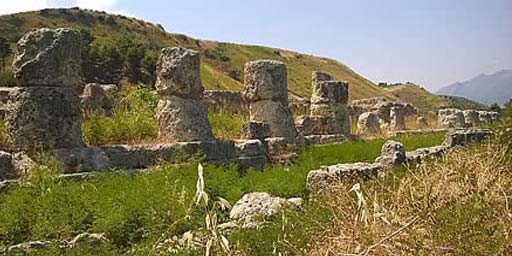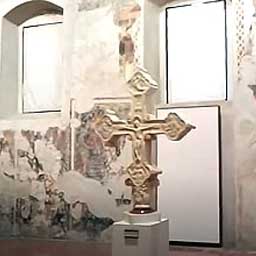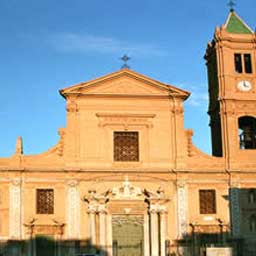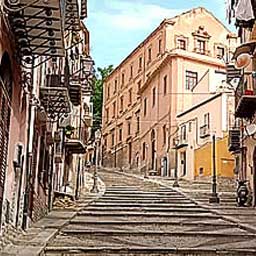Archaeological Area of Himera
the archaeological area of Himera contains the remains of the ancient city of Himera founded in 648 BC by Greeks of Chalcidian and Doric origin.
The city of Himera was built in a particularly favorable position for the development of a Greek colony: in the center of a large gulf, between the promontories of Cefalù and Termini Imerese, and near the mouth of the Northern Imera river, an important artery connecting central Sicily.
The ancient city of Himera was the home of illustrious and important citizens and was also mentioned by Cicero in his Verrine. After years of prosperity and relative peace, Himera was attacked by the Carthaginians in 480 BC. and then definitively destroyed in 408 BC. from Hannibal. In fact, the remains of a hundred soldiers buried in mass graves were found in the archaeological area and are believed to have taken part in the battles against the Carthaginians.
The archaeological area includes the necropolis, the city and an Antiquarium.
The necropolis of Himera consists of over 10,000 tombs and represents the largest necropolis in Magna Graecia. In addition to human remains, important funerary furnishings such as oil lamps, kraters and ceramics of various types were found in the necropolis. The necropolis was distributed along the main exit routes from the city: the eastern necropolis is well known, located near the beach, east of the Imera river, in the Pestavecchia district; To the south, in the locality of Scacciapidocchi, we find a second necropolis; to the west, two necropolis areas were found, one on the slopes of the Tamburino plain and a second on the Buonfornello plain.
The city of Himera has a very interesting urban layout and has made an important contribution to the study of the organization of Greek colonial cities. In Himera, in the VI century BC. two different regular urban layouts were designed: the one in the lower city was characterized by orthogonal streets which divided the blocks oriented in a North-South direction in the plain, while in the inhabited area on the hills, the upper city, they were oriented in an East-West direction.
Each of the settlements had its own sanctuary: the Temenos of Athena which occupies the north-eastern part of the upper city, the Temple of Victory in the lower city. The remains of the Temple of Victory dedicated to the goddess Athena, represent the most significant testimony of the ancient city. From the excavations of this temple, many objects and some architectural elements of great importance have been recovered, such as the elegant gutters embellished with lion heads, which can be admired in the Museo Baldassarre Romano.
Small neighborhood sanctuaries stood within the inhabited area and the entire city was surrounded by a wall.
The Antiquarium of Himera houses the most significant finds found in the archaeological area. The museum itinerary accompanies the visitor along an itinerary to discover the historical and cultural problems of the Greek colony and its territory.



